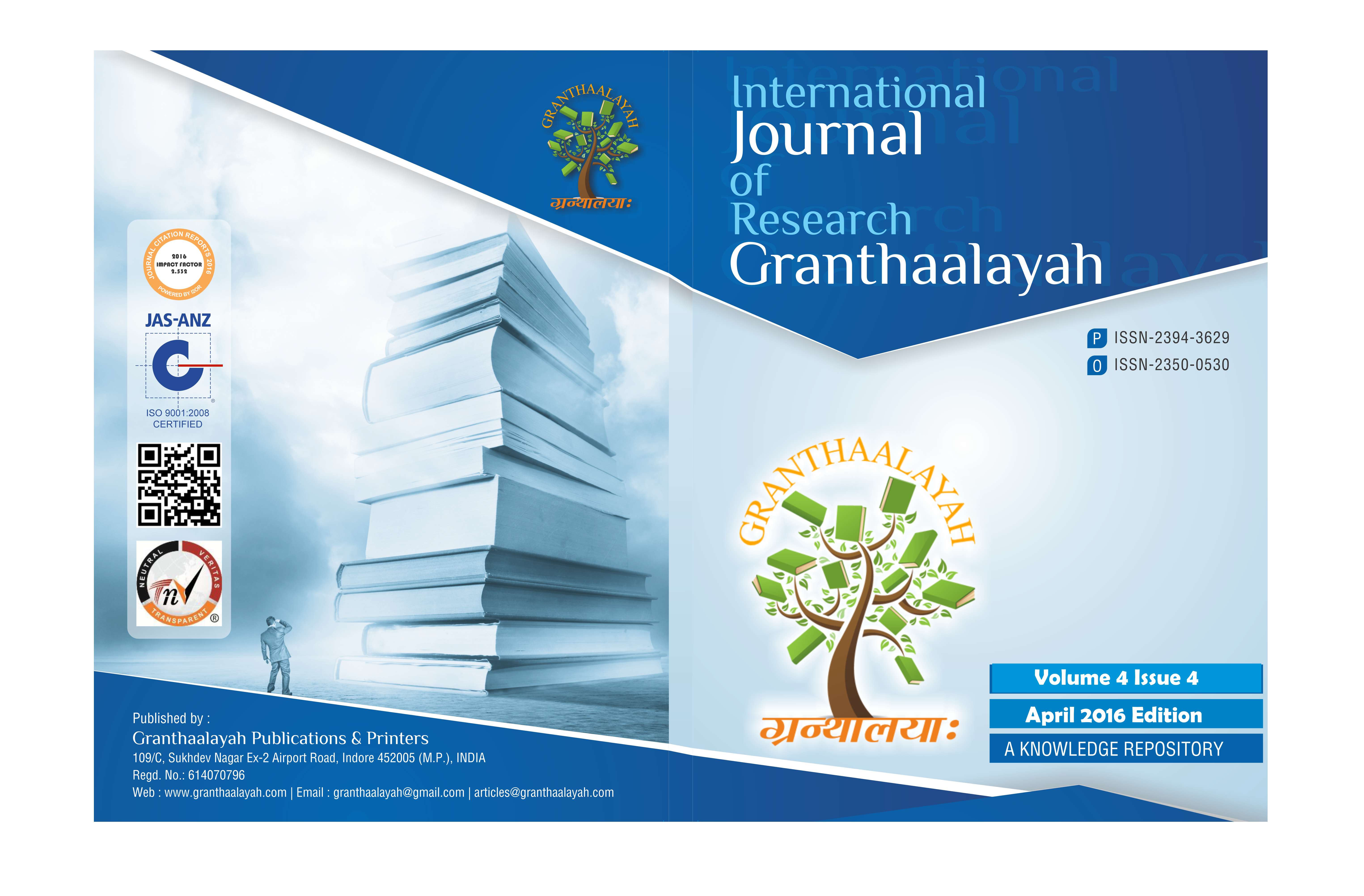QUALITY OF HUMAN RESOURCE INFORMATION SYSTEMS AT COMMERCIAL BANK OF ETHIOPIA (A CASE STUDY OF DESSIE DISTRICT AT DESSIE, ETHIOPIA)
DOI:
https://doi.org/10.29121/granthaalayah.v4.i4.2016.2752Keywords:
Human Resource Information (HRI), Human Resources (HR), Information Systems, Potential Skills, Talents, Data BasesAbstract [English]
Information systems are the back bones of every organization in the modern era of business management. It is inevitable for these organizations to use information system so as to face the global competition and survive in the market. No organization and country is an exception to it. Human resources management is one of the crucial departments in every organization that uses management information systems. HR information systems help to identify potential employees, maintaining complete records on existing employees and creating programs to develop employee skills and talents. This helps the top level management to identify the future manpower requirements in order to meet the long term goals and objectives, middle level management to monitor, analyze the recruitment, promotion, allocation and compensation and lower level management to track the recruitment and placements. HRIS can also support various human resource practices such as workforce planning, staffing, salary, compensation forecasts, budgets and industrial relations. The current research is mainly focused on human resource information systems (HRIS) perception and effectiveness. The required data was collected through primary and secondary sources. The research approach is both quantitative and qualitative. A sample of 100 respondents working in different department of commercial bank of Ethiopia, Dessie district were taken for the study. The findings of this research results in employees are satisfied with salary, job position, promotion scheme, and working environment but worried about the system about information sharing of human resource and their difficulty to store, retrieve, share and maintain information.
Downloads
References
Annual Report, (June 2014), A Bilingual Magazines Published by the Communications of Commercial Bank of Ethiopia, Vol. 3, No 4. pp .24.
Beadles, Nicholas, C. M. (2005). The Impact of Human Resource Information System: an Exploratory Study in Public Sector. Communications of IIMA, 5(4), 39-46.
Dessler, G., Griffiths. And B. Lloyd-Walker (2004), Human Resources Management, 2nd ed. French’s Forest, New South Wales: Pearson Education Australia, pp. 97–99.
Dr. Harman Preet Singh, Dr.Sunita Jindal, Sekl Abdul Samine, June 2011, Special Issue of the international Journal of the computer, the intern ate & management, V0119, No.SPI, New Delhi, India).
Hendrickson R. Anthony (2003). Human Resources Information Systems: Backbone
Longneck-Hall, Mark L. and Moritz Steve (2003), “The Impact of e-HR on the Human Resource Management Function”, Journal of Labor Research. 24(3), pp. 365-379. DOI: https://doi.org/10.1007/s12122-003-1001-6
Mathis R.L. and Jackson J.H. (2002), Human Resource Management, 10th edition, USA: Thomson learning, pp. 179 –207.
Martinsons, M. G. (1994). Benchmarking human resource information systems in Canada Kong. Information & Management, 26, 305-16.
Martin sons, M. G. (1994). Benchmarking human resource information systems in Canada and Hong Kong. Information & Management, 26, pp 305-16. DOI: https://doi.org/10.1016/0378-7206(94)90028-0
Quarterly Commercial Bank of Ethiopia Informer Magazines, (May 2014), Vol. 4, No 5, pp 08.
Special Issue of the International Journal of the Computer, June 2011, the Internet and Management, Vol. 19.
Tannenbaum S.I. (1990), “HRIS: User Group Implications”, Journal of Systems Management, 41(1), pp. 27-32.
Technology of Contemporary Human Resources. Journal of Labor Research, 24(3), pp 382-394, Journal of Business Studies Quarterly, 2012, Vol. 3, No. 4, pp. 77-91.
Downloads
Published
How to Cite
Issue
Section
License
With the licence CC-BY, authors retain the copyright, allowing anyone to download, reuse, re-print, modify, distribute, and/or copy their contribution. The work must be properly attributed to its author.
It is not necessary to ask for further permission from the author or journal board.
This journal provides immediate open access to its content on the principle that making research freely available to the public supports a greater global exchange of knowledge.

























